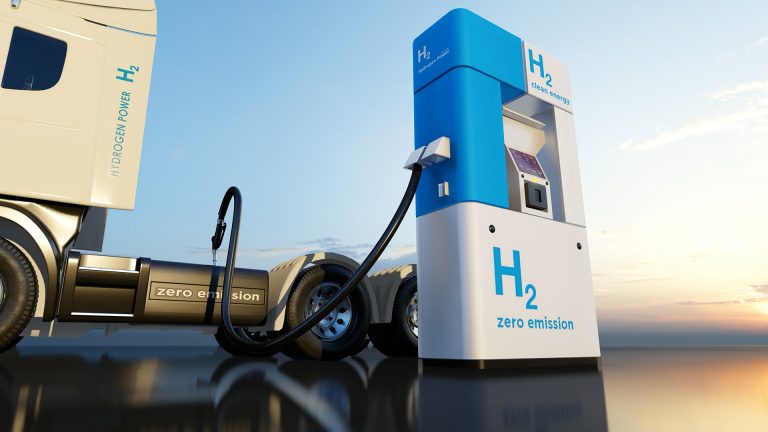Hydrogen is a clean-burning fuel, and when combined with oxygen in a fuel cell — like a battery — it produces heat and electricity with water vapor as its only byproduct. But extracting hydrogen and isolating it so that it can be used in this way isn’t as simple.
Today, most hydrogen is generated by heating coal and natural gas with steam, which produces a good amount of carbon dioxide and nullifies hydrogen’s positive impact. So two scientists from Stanford thought it would be a good idea to look at how we can make hydrogen production greener. The answer they came up with was seawater.
There is a lot of science that goes into it, but the best way to explain it is seawater doesn’t have as much stuff in it as desalinated water. By using seawater — which is incredibly abundant — scientists have helped create a new filtering system that can still produce hydrogen while saving money and cutting down on carbon emissions.
The current U.S. demand for hydrogen fuel is 10 million metric tons per year. By the year 2050, that number is expected to grow to between 20 million and 40 million metric tons annually.
Jaramillo said the science behind their new filtering system is sound, but it’s Washington they worry about due to current spending practices that don’t advocate for the use of hydrogen as much as other fuels.
Tags: Energy, Hydrogen, Seawater, Stanford



Recent Posts
Chartered Speed expands its electric mobility footprint in Arunachal Pradesh
PSA International joins Global Centre For Maritime Decarbonisation as a strategic partner
MPA and NYK Group Advance Collaborative Efforts on Maritime Autonomous Surface Ship Trials
BIMCO drafts new clause to support biofuel use in time charters
Global Maritime experts attended India@Nor-Shipping – Maritime Partnership for a shared & sustainable future
India-Norway Dialogue Anchors on Sustainable Maritime Development
Sea cruise ships can now connect to shore power in Amsterdam
Corvus Energy partners with HD Hyundai Mipo for AiP on new green product tanker design.